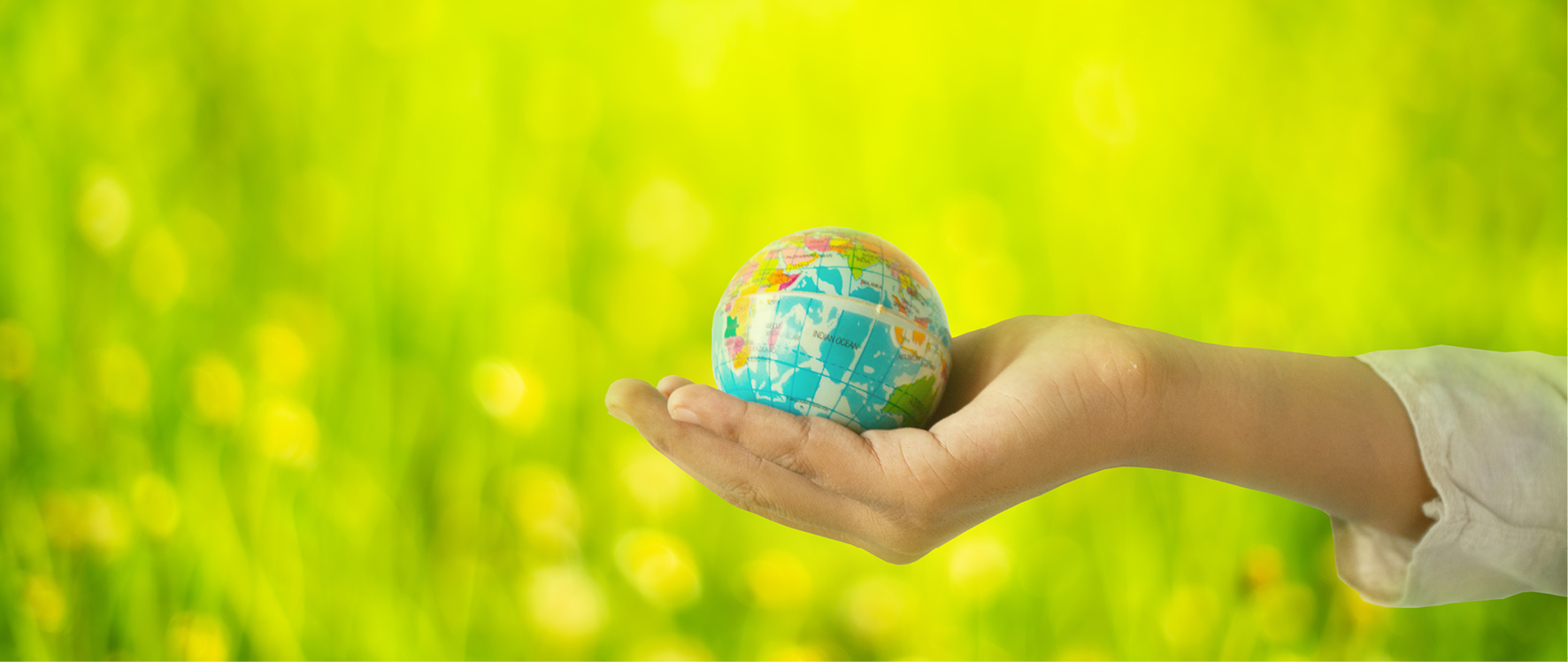
The link between dietary shift and biodiversity preservation
The past agricultural revolutions and technological advancement have helped us feed more people. This has come at the cost of increasing exploitation of land and natural resources, even the oceans, to meet the demand of the growing population. This exploitation is at the root of multiple global crises, most significantly the loss of biodiversity, particularly driven in equatorial areas where forest is being replaced by monocultures, but also impacting the increase in greenhouse gases, around 1/5 related to agricultural practices.
How is land currently being used for food production?
According to the report “Bending the Curve: The Restorative Power of Planet-Based Diets” drawn up by WWF, 40 percent of habitable land is used for human food production, and of this, 82 percent is used for grazing land and livestock, leaving about 29 percent dedicated to crops. However, livestock meet only 18% of the world’s calories and 37% of its protein needs, the rest being balanced by plant-based crops and foods.
Biodiversity plays a key role in many ecosystems in their resilience to abiotic factors and also to human exploitation. However, just like a rubber band it works only up to the breaking point. Not only that, but biodiversity generates ecosystem services that support food production, including pollination, maintenance of healthy soils, pest control, and more, which make food systems resilient to different environmental changes.
Today, many of Earth’s ecosystems are approaching irreversible decline, increasingly exploited to keep pace with population growth and economic development, undermining the sustainability over time of the ecosystem resources and services they provide to humankind. If unsustainable patterns of food production and consumption prevail in the future, leading to the breaking of this elastic band, it could also result in the rise of social problems, such as the spread of unhealthy diets and diseases related to poor nutrition.
It is therefore necessary to slow down and reset the loss of biodiversity by promoting sustainable agricultural systems, so as to restore biodiversity across the planet.
The power of dietary shift
Global diet change is mentioned as one of the potential actions to slow and possibly reverse the process of biodiversity loss, especially of soil. According to the report mentioned above, a shift to more plant-based foods could reduce global biodiversity loss by 5 percent, if adopting a flexitarian diet, and by 46 percent if adopting a vegan diet, globally. This example highlights how switching to sustainable diets can be a real help to the planet by establishing a new pattern of consumption, in the report highlighted as “win-win”; good for the environment but also good for human health.
On the International Day for Biological Diversity, which this year is centered on “Building a shared future for all life,” we can encourage the adoption of more sustainable diets by following the guidelines provided by the Word Organization Health, that is, eating in a balanced way, including the right amount of carbohydrates, vegetables, legumes, fats and animal proteins, paying special attention to how the foods we eat are produced and processed. A simple change in eating habits can result in great benefits for the environment, but also for our health.
But not only we can change our diet, we can also act consciously toward the environment around us, keeping in mind its importance. Recognizing how each person’s contribution is important, they have drafted 22 actions for biodiversity that everyone can complete, turning small gestures into drivers of big change to preserve the environment and biodiversity.
